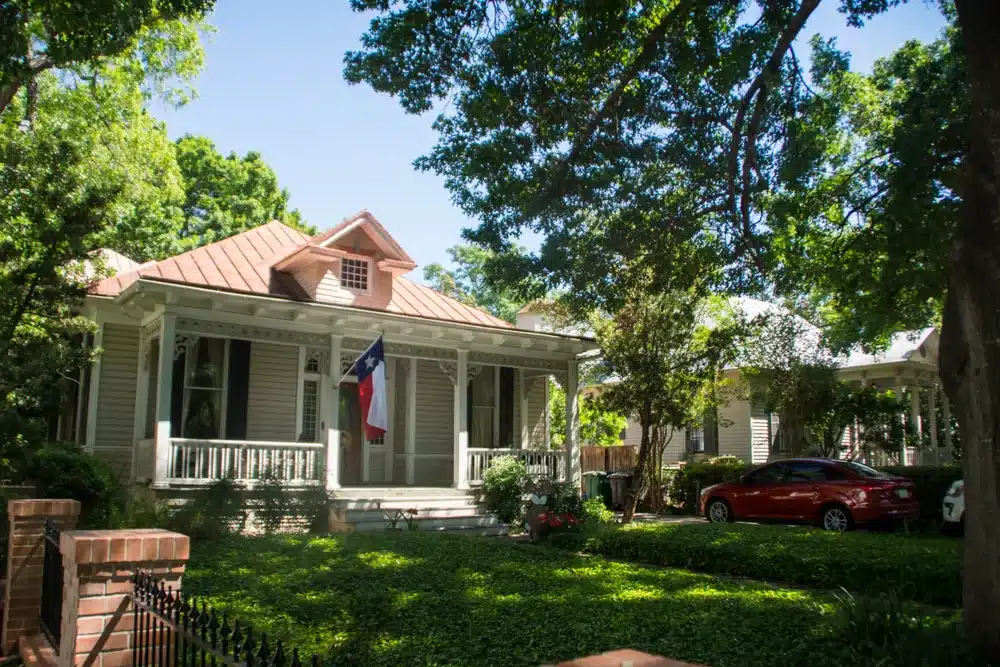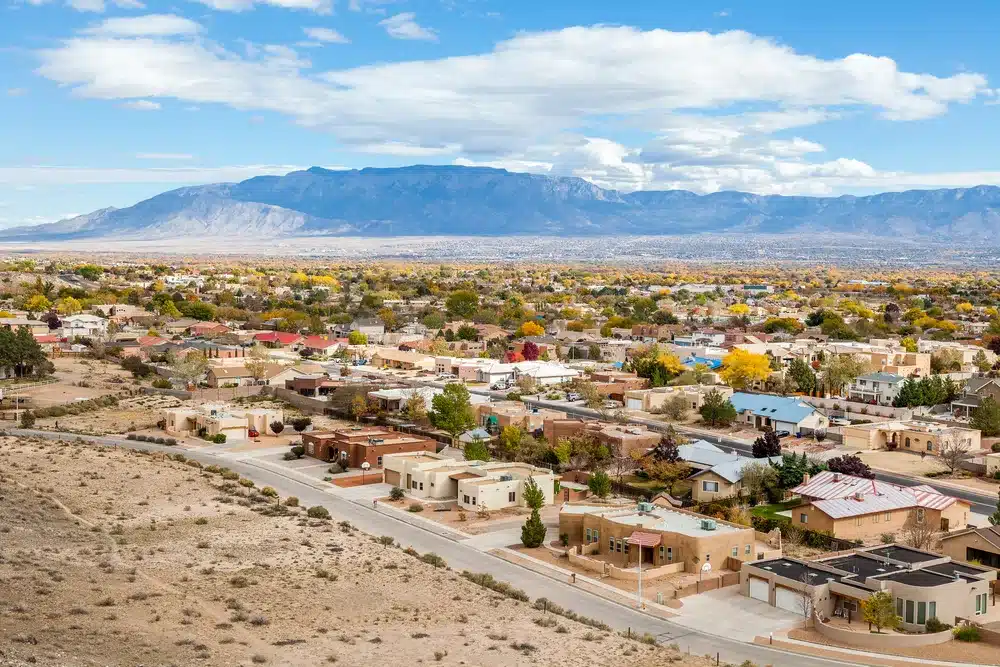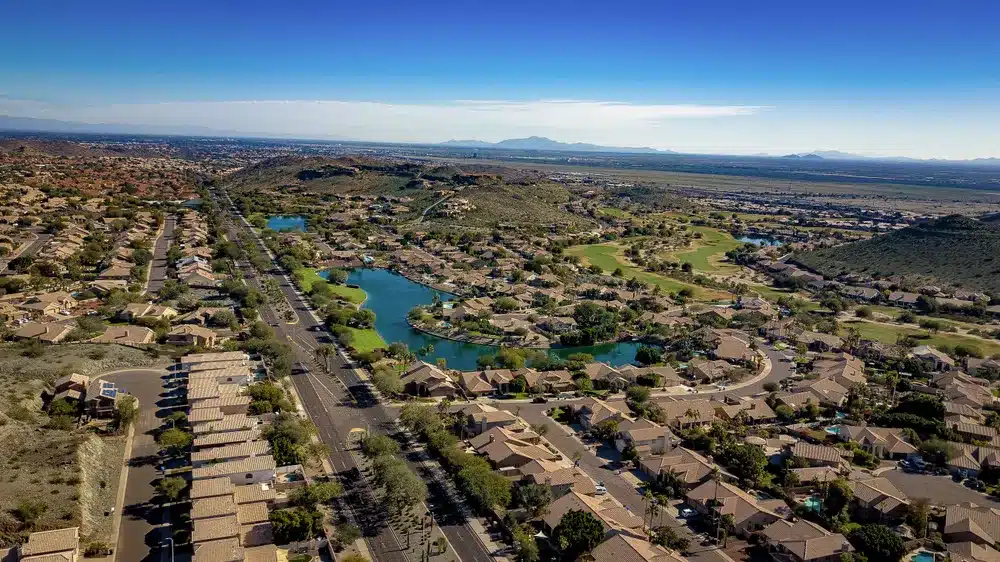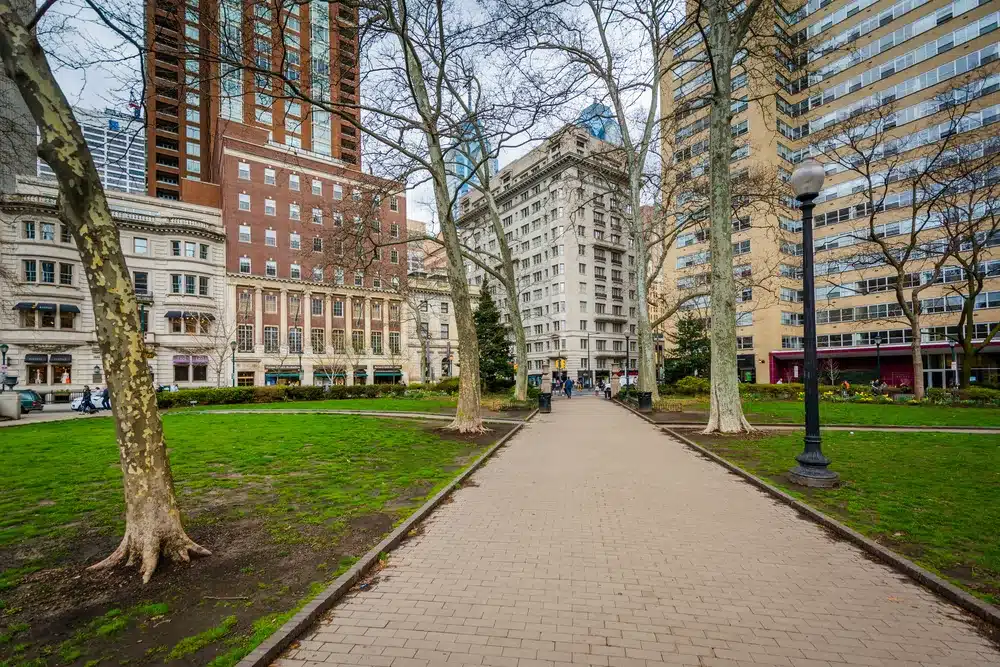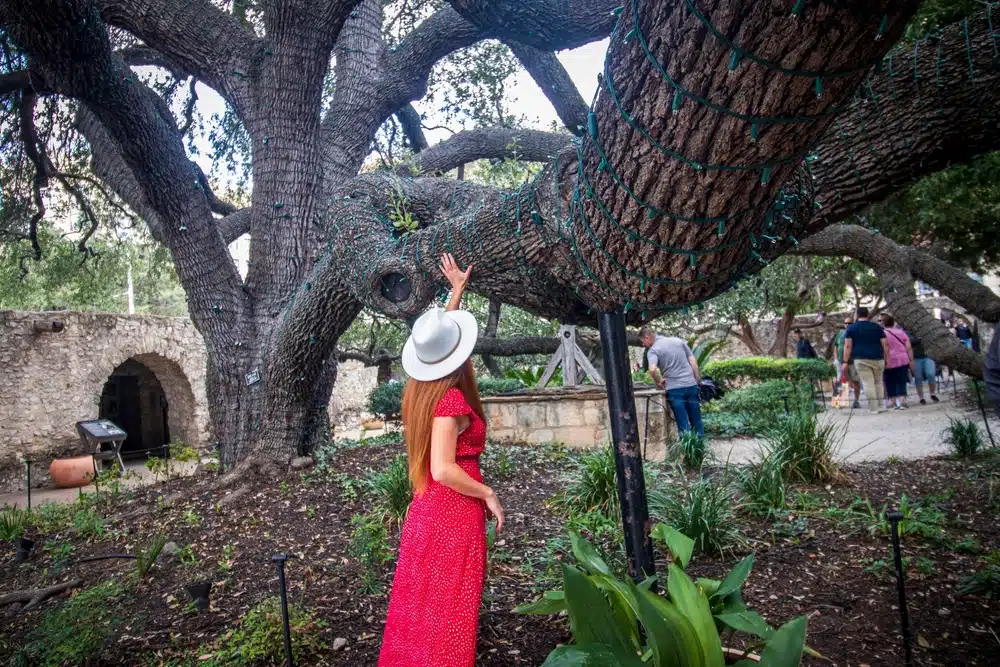
The Alamo City, a lively fiesta of history, culture and modern living that’s bound to win you over. But is San Antonio, Texas, living right for you, or will you run away from the sun half of the time?
This second-most populous city in Texas comes with mouth-watering food, affordable home prices and top-rated local schools and healthcare — all for the price of an extra layer of sunscreen. San Antonio offers access to the expansive Texas Hill Country and Rio Grande Valley, with the bustling capital Austin just an hour away.
Ready to taco ‘bout living in San Antonio? It’s going to be an exciting and informative ride through one of Texas’s most historic and beloved cities.
Living in San Antonio, TX

Often celebrated as “Military City USA,” San Antonio is proud of its substantial military presence, which makes the city a welcoming home for veterans, but its appeal stretches far beyond that.
Roughly two-thirds of the population is Hispanic or Latino, and this further reflects in San Antonio’s food scene, where Hill Country BBQ sits next to delicious breakfast tacos and loads and loads of Tex-Mex cuisine staples like enchiladas, chili con carne and queso.
Sports are supreme here, with the San Antonio Spurs commanding a loyal and passionate fan base; on game days, the city’s energy is electric with fans decked out in black, white and silver. College football also brings its share of excitement and fierce rivalries, along with minor league baseball and soccer.
San Antonio Weather
Take one hot summer and one mild winter and cram between them a couple of quite warm months of spring and fall — that’s the recipe for San Antonio weather. Average high temperatures often exceed 90°F in July and August, and San Antonians stay cool by visiting the many parks, pools and splash pads around the city while indulging in ice cream or froyo — they’ve got the most such shops per capita in the nation.
However, climate change is intensifying heatwaves and increasing the frequency of extreme weather events, making it crucial for the city to adapt and plan for the future.
Winters in San Antonio see average lows in the 40s and highs in the 60s, making it a great time to enjoy outdoor pursuits like hitting some of the extensive trail systems throughout the city for a hike or bike ride, including the popular Salado Creek Greenway.
Note: As tempting as it may be during hot summer days, swimming in the San Antonio River Walk is illegal, with fines up to $500.
San Antonio Real Estate
Only 52% of San Antonians own the homes they live in, compared to 62% of Texans and 65% of Americans, despite the fact that median home values are considerably lower than state and national values. At $198,000, San Antonio homes are 30% more affordable than most places in the U.S., while median gross rent is only slightly lower.
For proper budgeting before moving to San Antonio, note that the median sale price is about 40% higher than the estimated median value reported by the government and many homes come with hefty HOA fees. Failure to pay them can even lead to losing your home, as one active duty service member learned the hard way in July 2023.
Best Neighborhoods in San Antonio

Once people set their mind on moving to San Antonio, TX, which neighborhood should they choose? A historic, artsy community with 19th-century homes like King William, a modern master-planned community like Stone Oak or the urban and dynamic downtown area?
The answer greatly depends on each individual’s lifestyle and, of course, budget. However, most people agree on a few top San Antonio neighborhoods (or suburbs):
Alamo Heights: Upscale and family-friendly, this area has top-rated schools and is close to several shopping and dining options. This makes it great for everyone seeking a suburban feel with city conveniences.
Terrell Hills: Right next to Alamo Heights and only 5 miles NE of downtown San Antonio, this ‘burb is the perfect choice for families, working adults and retirees who value safety and excellent schools.
Olmos Park: Exclusive and affluent, this neighborhood is even closer to the nucleus of San Antonio, just across the creek (and freeway) from the aforementioned Alamo Heights and Terrell Hills.
San Antonio Schools
Aside from the San Antonio Independent School District, which serves around 47,000 students across over 90 schools, ISDs held in high regard among San Antonians are Alamo Heights, North East and Northside. All these are top-rated and offer specialized programs in STEM, arts and advanced placement courses.
Private school highlights are Keystone School and Saint Mary’s Hall, both focusing on college preparation with personalized attention due to smaller class sizes.
As for higher ed, most students attend the University of Texas at San Antonio (UTSA), a leading public university and San Antonio’s only Tier One research university. Over 35,000 students follow one of its 180+ degree programs every year, while 7,000 others choose one of the four schools at Texas A&M University-San Antonio (A&M-SA) instead.
Medical Centers in San Antonio
South Texas Medical Center is the heart of healthcare in the city, featuring University Health and Methodist Healthcare Hospitals, best known for specialties like cardiology and oncology.
University Health further shines as a magnet hospital, attracting the brightest healthcare talent from around the country. It boasts accolades for its liver transplant program and maternity services.
Other relevant medical centers in and near San Antonio are Brooke Army Medical Center in Fort Sam Houston, Baptist Health System with multiple hospitals across the city and Children’s Hospital of San Antonio, part of the Christus Health System.
Cost of Living in San Antonio, TX
Along with housing, utilities and groceries in San Antonio are relatively low-cost, both of which bring down the overall cost of living by about 8% to 9% below the national average. In fact, the cost of groceries for vegetarians is among the lowest in the country.
Despite a median household income of $59,600, which is 20% lower than the U.S. median, San Antonian still enjoy an affordable lifestyle and many Americans are considering moving to San Antonio either with their young families or for retirement.
San Antonio Transportation
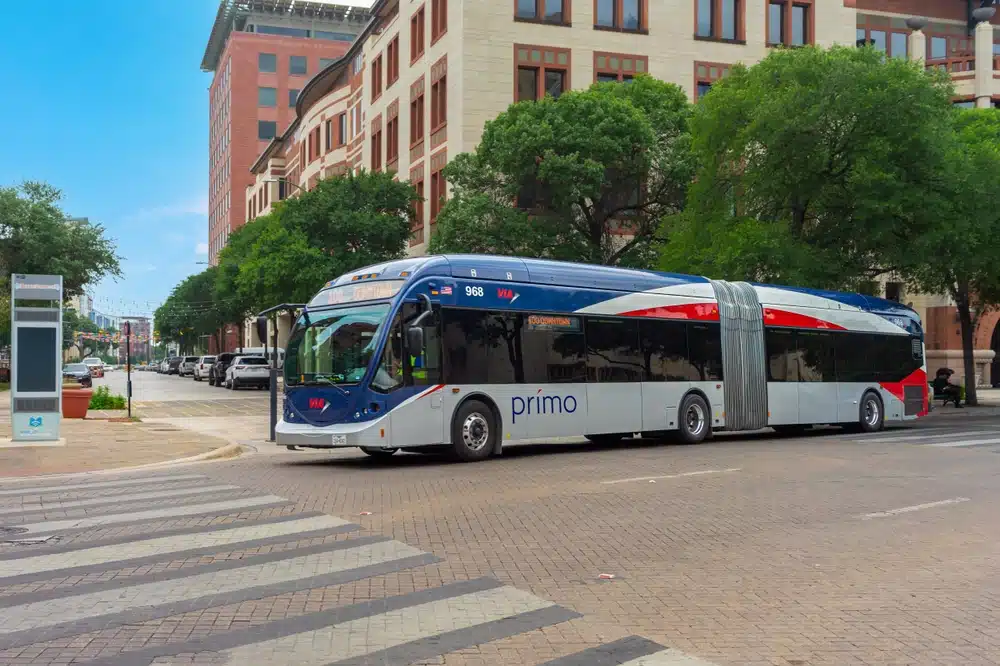
If you plan on getting around San Antonio easily, a car would probably be your best bet. The traffic is not that terrible compared to other larger Texas cities, so daily commutes aren’t very problematic except in peak hours. Public transport and biking are on the rise, but walkability is out of the question outside areas like Downtown, King William or Pearl District—and yes, you can take a water taxi.
VIA Metropolitan Transit provides reliable bus service across the city, with express routes and park-and-ride facilities. There is also a bike share program in place, BCycle, which nicely complements the more than 80 miles of developed trails in and around the city.
San Antonio is well-connected to major highways such as I-10 and I-35, while its international airport provides many domestic and international flights for those who want to leap a bit further (or faster).
Crime in San Antonio
Compared to other major cities across the nation, a large number of residents deem living in San Antonio pretty safe and consider the police to be very visible and very responsive. Sure, crime exists in San Antonio and numbers actually show significant rates compared to the national level, but the statistics aren’t perceived as dangerous by San Antonians.
At the neighborhood level, posh areas of the city like Alamo Heights, Stone Oak and Terrell Hills have among the lowest crime rates, making them some of the safest places to live in San Antonio. On the other hand, the city’s west side is considered to have higher levels of crime.
As of 2023, SAPD implemented hot spot policing and their mere presence in the identified areas (which are not made public) deters people from committing crimes. This strategy is complemented by a long-term approach meant to reduce homelessness and address poor lighting across the city.
San Antonio Attractions
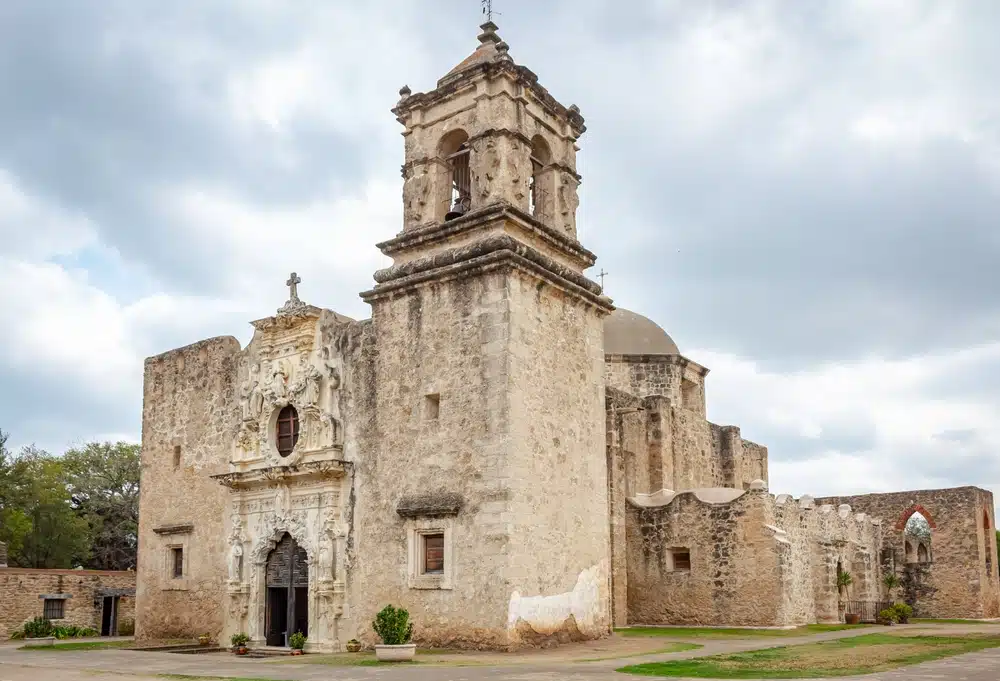
History, nature and entertainment converge to create experiences that stick with you long after you leave — and for those living in San Antonio, that’s forever. One of the first stops here is The Alamo, a symbol of Texas’ fighting spirit. From there you can check out other Spanish colonial missions dating back to the early 18th century by following The Mission Trails hike and bike path. Then there’s the ever-so-popular River Walk along the San Antonio River, dotted with shops and eateries, where you can soak in the lively atmosphere any time of the year.
Families love the San Antonio Zoo, where the young and young at heart can feed giraffes and flamingos or hop aboard the zoo train. For more excitement, don’t miss SeaWorld and Six Flags Fiesta Texas. Those who love to venture beneath the Earth’s surface head over to Natural Bridge Caverns, where the adventure continues above ground with zip-lines, rope courses and even gem & fossil mining.
Storage Units in San Antonio
From students to retirees, everyone moving to San Antonio must acknowledge that hot summer days are no joke here, so leaving belongings in the car or moving truck while settling in is not an option.
To keep everything safe from theft and extreme temperature damage, there are plenty of self-storage facilities in San Antonio that offer climate-controlled environments ranging from something as small as a closet for textbooks and clothing to 10×30 units large enough to hold the contents of several bedrooms.

